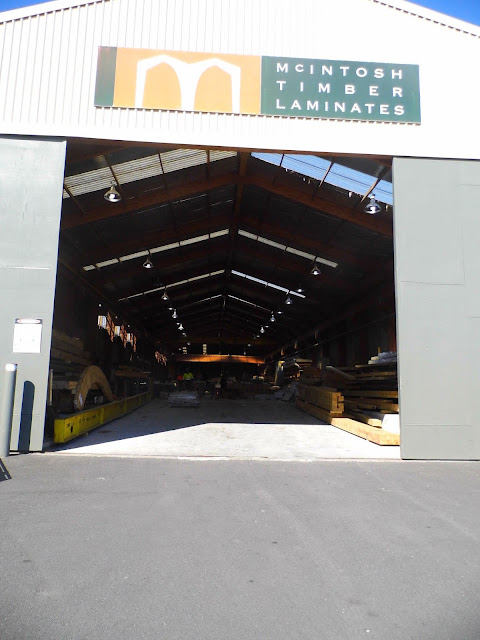Our hotels act as an escape. Just like Holloway wishes to escape the Garden city in J.B. Ballard's
Ultimate City, our hotels are a way for people to escape their day to day lives. Those who live in the city might see Auckland as a dystopia. Crowds of people make it impossible to move. Pollution permeates the landscape, asphyxiating it. Therefore, they might want to escape to what they view as an island utopia, an open space, free of congestion. On the other hand, island dwellers might see Waiheke as boring, and too open. They might feel the allure of the bright lights and excitement of the city, and find the fact that everyone knows their neighbour- and everything
about their neighbour suffocating. Hence, they may wish to escape to the city, a place they view as a utopia.
In order to reach our dualistic sites, travellers must undertake a journey. A last barrier before reaching our utopian hotels. To do this, we have developed two vehicles to carry our travellers between Auckland harbour and Waiheke Island: a giant lantern, and a cable car. The jellyfish lantern is a way for the traveller to experience everything. Belted securely onto the lanterns tails, the traveller can not only fully see the journey they are undertaking, but also experience it. They will feel themselves moving in the wind and feel rain or sunshine on their faces. Whilst the Jellyfish lantern might be beautiful to look at from afar, it may be rather uncomfortable for the traveller. This is supposed to cause them to question their perceptions of utopias and dystopias: those travelling to Waiheke wished for open air, yet perhaps this is a bit too open. Those travelling to the city wished for excitement, yet the adrenaline rush accompanying the journey by lantern may be a bit much.
Similarly, the cable car is also a difficult way to travel. It is manually operated by pulling on two ropes which extend through the central pod and past two pulleys, which are the only aids the traveller has in making the movement of the cable car simpler. One must really want to escape to travel by cable car. Since traveling via cable car could take a long time, the cable car has stopping points at various islands along the way, and is also equipped with the bare necessities: food and water, and hammocks for sleeping in. This however, makes communal living within the pod the only option, and there is no privacy.
Therefore, by the time the travellers have actually reached our hotels, their concepts of what is utopian and what is dystopian may have been questioned.
















































